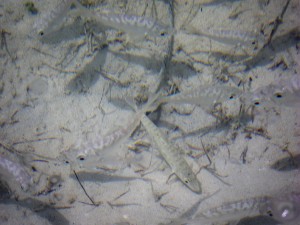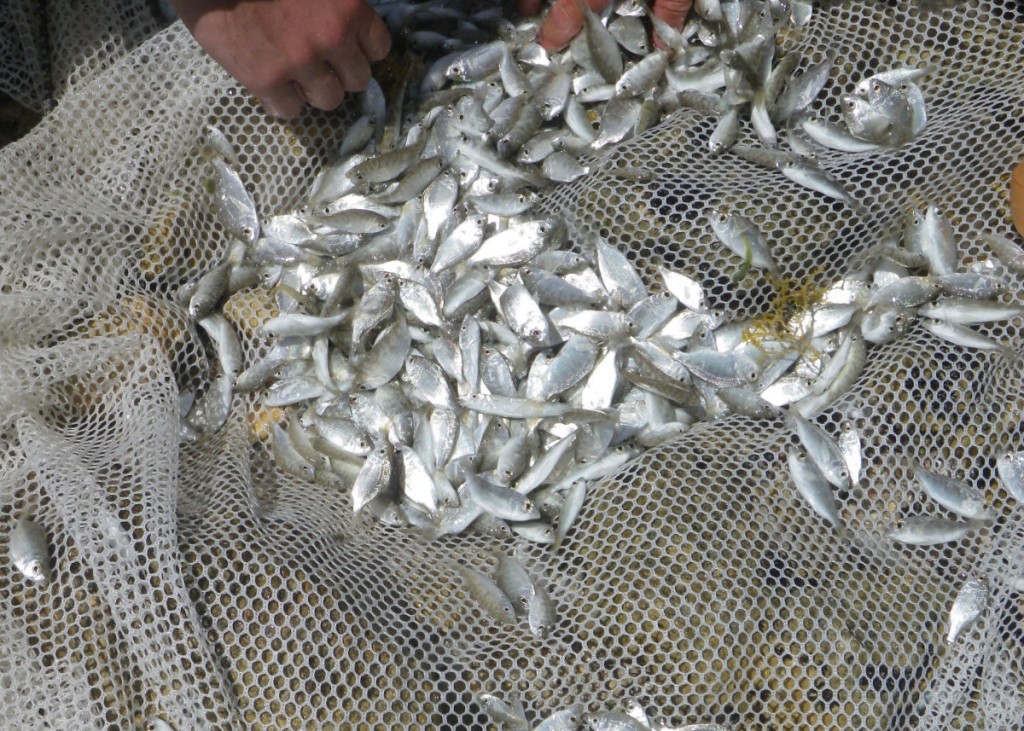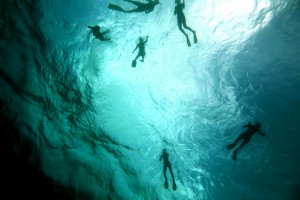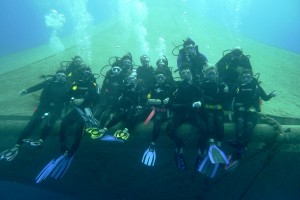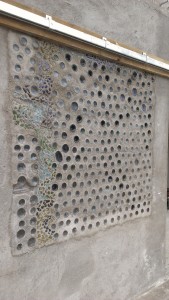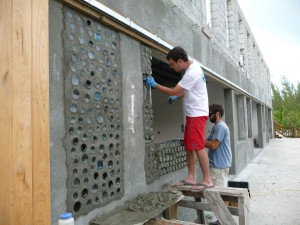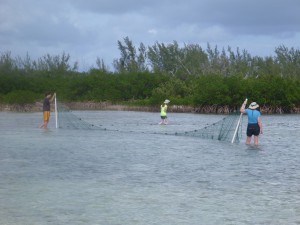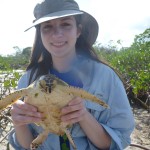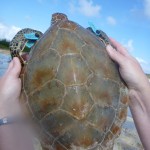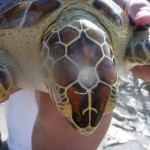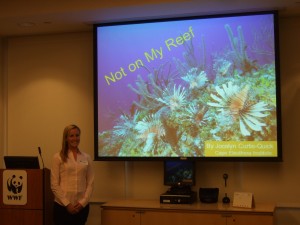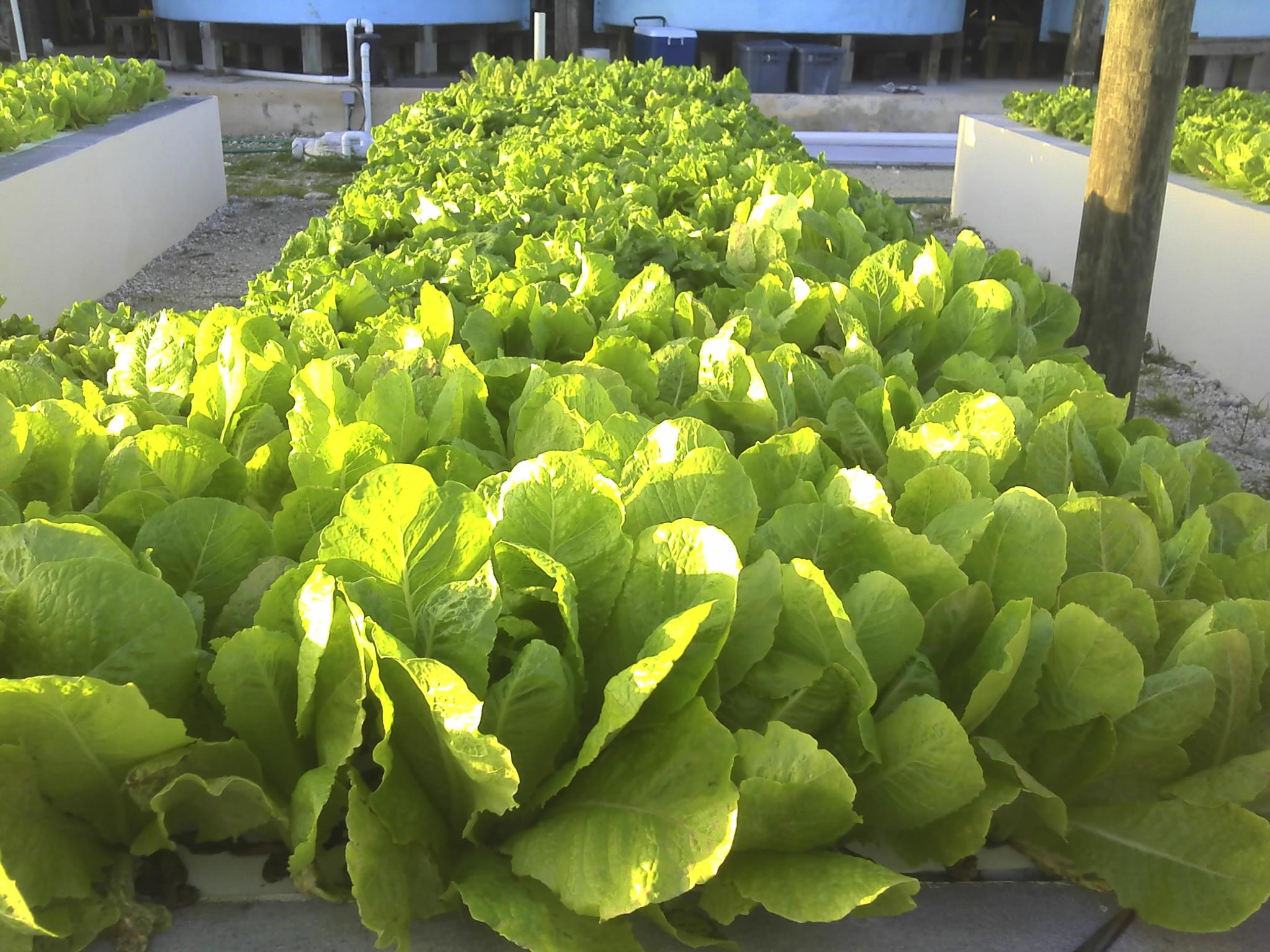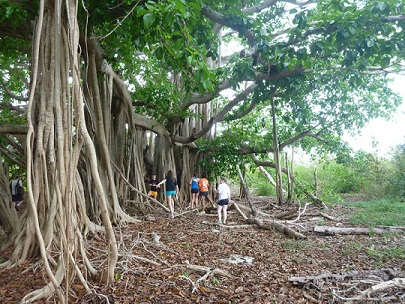A group of 12 students, 8th – 12th grade, from Vermont Commons School in South Burlington, Vermont, is off after a week of SCUBA diving and research. This was their first time visiting CEI and they say it exceeded their expectations! They especially enjoyed night wading for octopus with 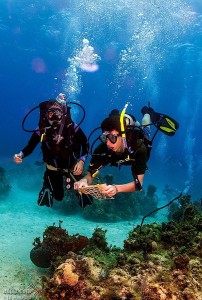 Brendan Talwar, lionfish dissections with Elizabeth Underwood and Jocelyn Curtis-Quick, learning reef fish ID with Kristal Ambrose, ultimate frisbee with Jason Kincaid, and volunteering with SEEP (South Eleuthera Emergency Partners)! Each and every one of them loved our local lettuce and all the food provided by our kitchen staff. We couldn’t have done it without this amazing community!
Brendan Talwar, lionfish dissections with Elizabeth Underwood and Jocelyn Curtis-Quick, learning reef fish ID with Kristal Ambrose, ultimate frisbee with Jason Kincaid, and volunteering with SEEP (South Eleuthera Emergency Partners)! Each and every one of them loved our local lettuce and all the food provided by our kitchen staff. We couldn’t have done it without this amazing community!
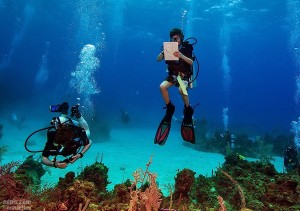
Check out the link to their blog for a step by step log of their trip down to Cape Eleuthera Institute! http://vcsturtledivers.blogspot.com/

